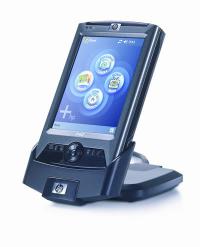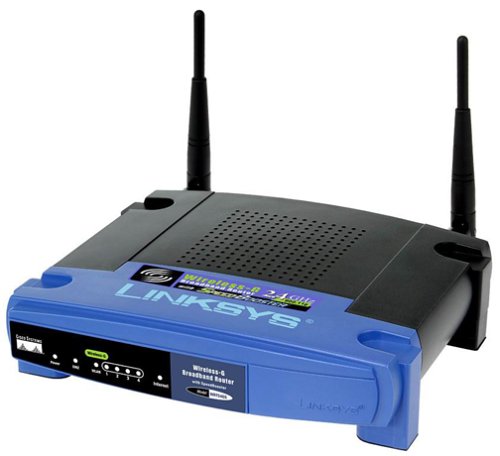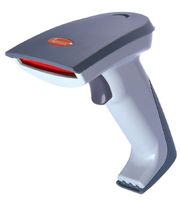|
nICS - nForce Inventory Control System nICS Overview: Inventory management is made up of several key components:
Application servers:
Handheld Equipments:
Barcode Printing:
|
Although Outsourcing Development work offers significant savings, companies still need reliable onshore partners to realize those savings. As a Singapore based company nForce Solutions Pte. Ltd. is created to fulfill those needs and become the essential link to a successful partnership between Singapore and Vietnam, and other countries in the Asia region as well. At nForce Solutions, we help you minimize your security risk exposure. nForce's Managed Security Services (MSS) apply our people, processes, technology, and intelligence to help enterprises prevent, detect, and respond to vulnerabilities and threats in real time. nForce's Managed Security Services are designed by certified professionals to allow organizations to cost-effectively outsource their security management, monitoring, and response needs. Comprising five distinctive phases Reconnaissance, Analysis, Penetration, Information, and Documentation, RAPID is a detailed and proven penetration testing approach designed by nForce Solutions Pte Ltd to offer the most systematic and effective way to evaluate the security of a network.
The PITMA security framework comprises of the following phases: Policy, Implementation, Training, Maintenance, Auditing. Whether your company is just starting up or has been established and functioning for a long time, PITMA is designed to fit both scenarios. The PITMA security framework gives you a complete security solution so that you don't have to worry about "inadequate security" in any part of your network. |
© 2006-2009 nForce Solutions Pte. Ltd. |






